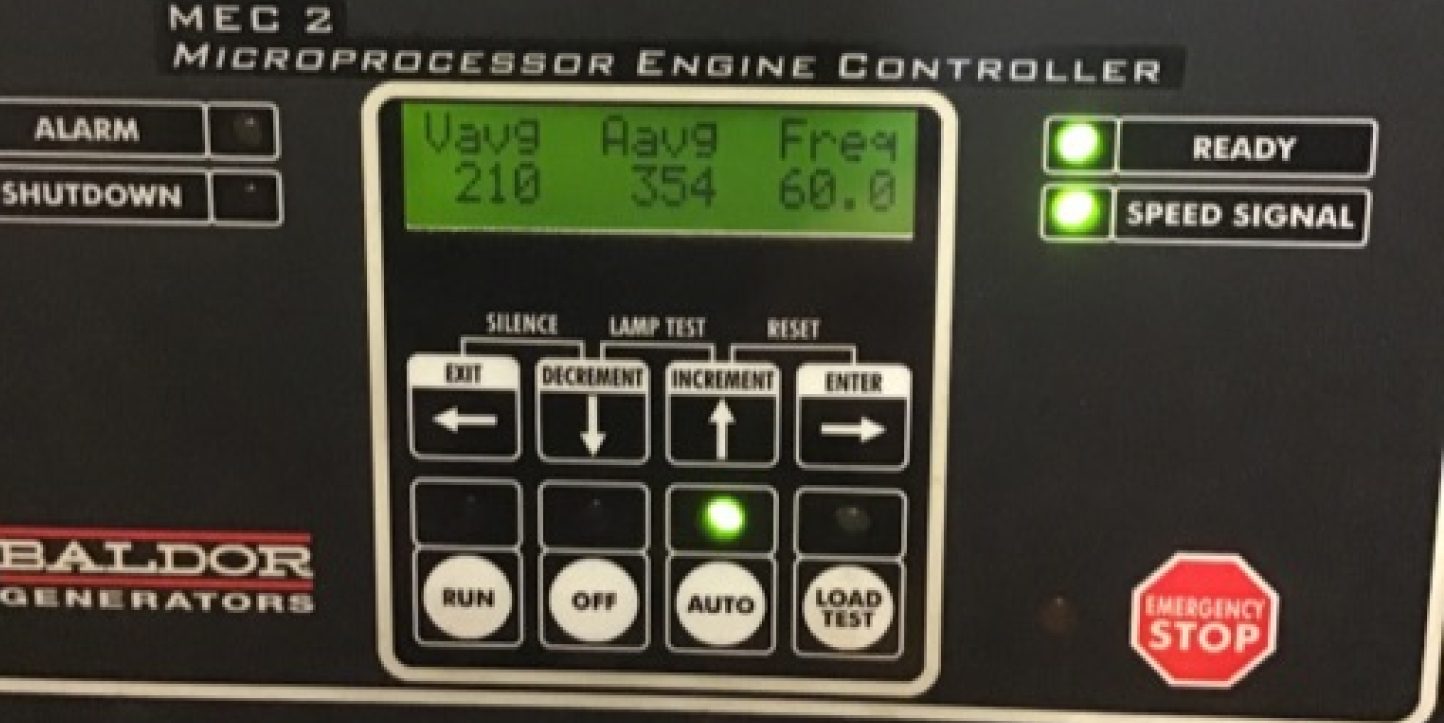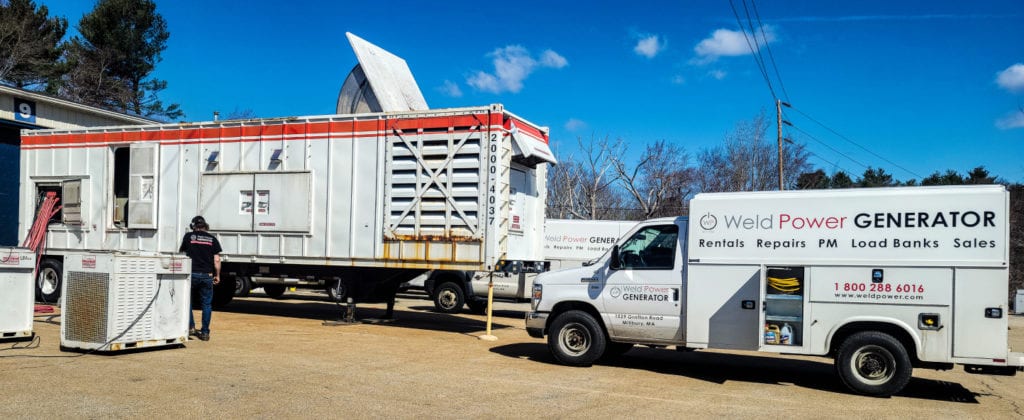Understanding the Differences of Building Load Test vs. Load Bank Test on Emergency Generators

Generators are the backbone of any emergency backup system, ensuring uninterrupted power during emergencies or outages. However, regular testing is crucial to ensure their reliability and efficiency. The two most common testing methods are the Building Load Test and the Load Bank Test.
While both tests evaluate generator performance, they have distinct differences and are applied under different circumstances. Let’s delve into each method to better understand its differences and purposes.
Table of Contents
What is a Building Load Test?

A Building Load Test, as the name suggests, involves connecting the generator directly to the building’s electrical system to simulate real-world conditions. During this test, whatever loads are on the building’s emergency circuit will be transferred from utility power.
- Realistic Scenario: One key advantage of the Building Load Test is that it reflects actual operating conditions. It allows testing of how the generator responds to the building’s specific electrical demands.
- System Integration: This test also evaluates how well the generator integrates with the building’s electrical system. It helps identify any compatibility issues or inefficiencies in the setup.
- Complexity: Conducting a Building Load Test can be complex and requires careful planning to ensure the safety of the building’s occupants and the equipment. During Building Load Testing, the facility will experience a momentary lapse in power during the transition, which may cause brief interruptions in lights, computers, UPS,’ or any other critical loads.
What is a Load Bank Test?

On the other hand, a Load Bank Test involves connecting the generator to a separate load bank, a device designed to simulate electrical loads. Unlike the Building Load Test, the load bank provides an artificial load independent of the building’s electrical system.
- Controlled Environment: Load Bank Tests offer a controlled environment for testing generators. Since the load is artificial, it can be adjusted precisely to assess the generator at various loads and conditions.
- Comprehensive Testing: Load Bank Tests allow for comprehensive testing of the generator’s performance across its entire capacity range. This includes testing at full load, half load, and even under light loads, providing insights into the generator’s efficiency and stability.
- Safety and Flexibility: Load Bank Tests are generally safer and more flexible than Building Load Tests. They can be conducted without impacting the building’s operations and can be easily performed in various locations.
What are the main differences between a building load test and a load bank test?
- Load Source: In Building Load Tests, the load is sourced from the building itself, while in Load Bank Tests, the load is provided by a separate device.
- Realism vs. Control: Building Load Tests mimic real-world scenarios, whereas Load Bank Tests offer precise control over testing conditions.
- Integration vs. Isolation: Building Load Tests assess how the generator integrates with the building’s electrical system. Load Bank Tests isolate the generator to comprehensively test the equipment’s mechanical abilities/limitations.
Conclusion
Building Load Tests and Load Bank Tests are essential for evaluating generator performance, but they serve different purposes. Building Load Tests offer realism and assess system integration, while Load Bank Tests provide controlled conditions for comprehensive testing across various loads. By understanding these differences, generator owners can choose the appropriate testing method based on their specific needs, ensuring the reliability and efficiency of their backup power systems.
